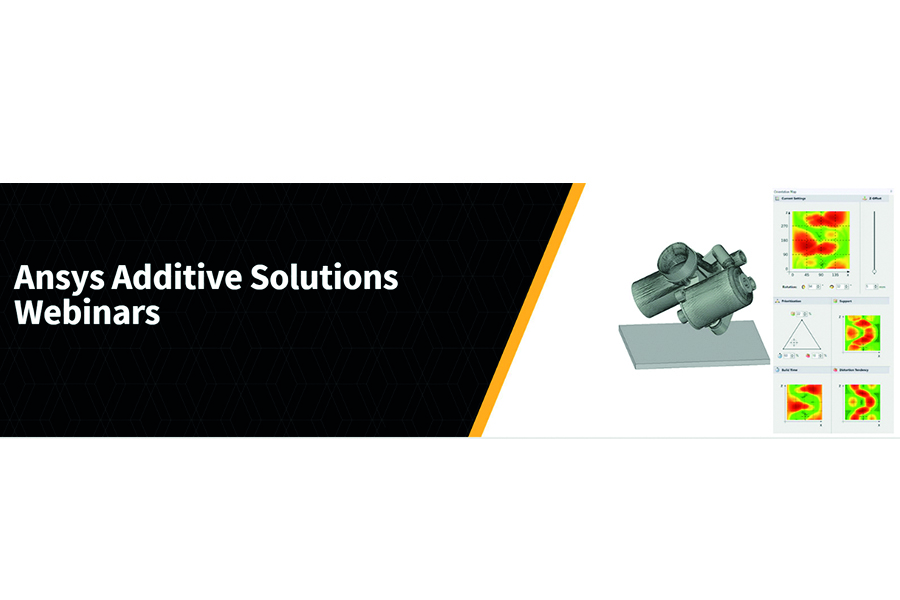 21 April, 2020
21 April, 2020Ansys will offer a webinar on the fifth of May, focused on the additive manufacturing process of a vehicle gearbox fork selector with the additive manufacturing portfolio of ANSYS. This part tends to be replaced regularly due to constant wear by different loads.
Additive manufacturing using the powder bed melting procedure (PBF) is a technology aimed at manufacturing complex parts using an additive strategy that consists of the deposition of successive layers of powder material that are fused using a source of energy.
One of the great advantages of the additive printing process is being able to manufacture parts with bionic designs and obtain optimal mechanical properties. The use of virtual models is essential to decrease the number of design cycles, manufacture parts without defects first time right and decrease high experimental costs during the prototyping.
The typical additive workflow with Ansys tools begins with the topological optimization of the geometry. Once the bionic design has been generated and validated, it is necessary to find an orientation that allows the piece to be printed, not only reducing the printing time, but also minimizing the amount of support material and distortion tendency.
The supports designed will serve as anchor and to transfer heat away from the part. Despite considering an optimal orientation and design, there is a possibility that defects will occur during the printing process (part distortion and cracks are examples of defects that are typically seen in manufactured parts). These can be avoided by simulating the printing process. Finally, residual stresses generated during the printing process are also considered to optimize the behavior of the part during its operation.
Register here.
Subscribe to our newsletter. Just insert your e-mail and you will receive the latest news.